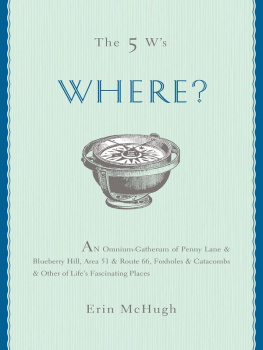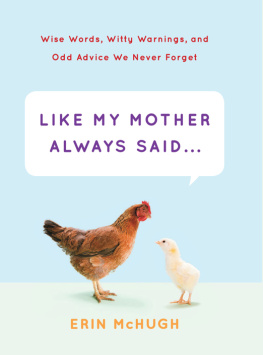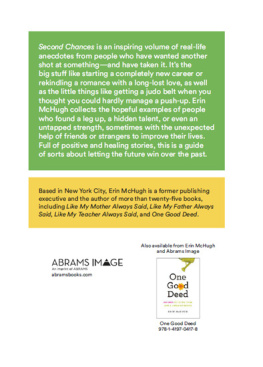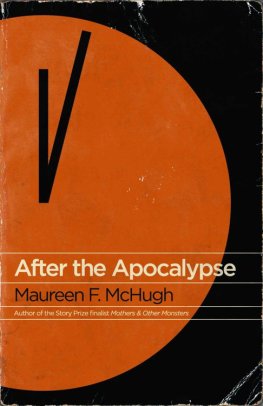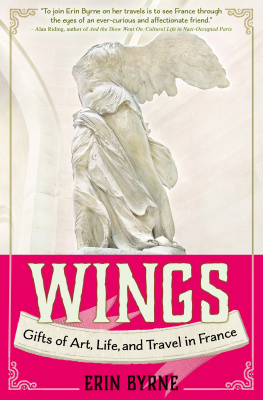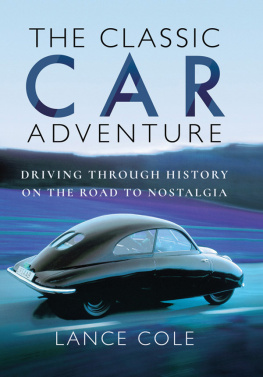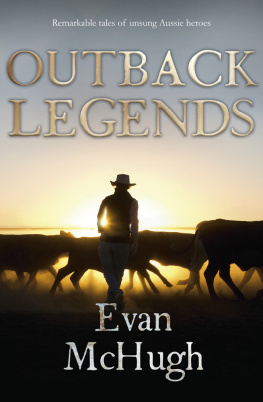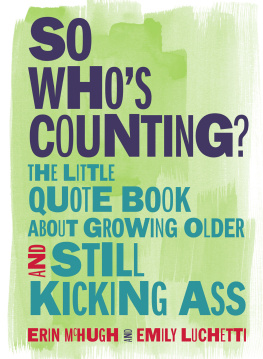
Books by Erin McHugh:
WHO?
WHAT?
WHERE?
WHEN?
WHY?

ERIN MCHUGH

Library of Congress Cataloging-in-Publication Data Available
10 9 8 7 6 5 4 3 2 1
Published by Sterling Publishing Co., Inc.
387 Park Avenue South, New York, NY 10016
2005 by Erin McHugh
All rights reserved
Sterling eBook ISBN: 978-1-4027-9212-0
For information about custom editions, special sales, premium and corporate purchases, please contact Sterling Special Sales Department at 800-805-5489 or specialsales@sterlingpub.com.
CONTENTS
Hurricanes So Damaging Their Names Have Been Retired
| Name | Last Heard from |
| Agnes | 1972 |
| Alicia | 1983 |
| Allen | 1980 |
| Andrew | 1992 |
| Anita | 1977 |
| Audrey | 1957 |
| Betsy | 1965 |
| Beulah | 1967 |
| Bob | 1991 |
| Camille | 1969 |
| Carla | 1961 |
| Carmen | 1974 |
| Carol | 1954 |
| Celia | 1970 |
| Cleo | 1964 |
| Connie | 1955 |
| David | 1979 |
| Diana | 1990 |
| Diane | 1955 |
| Donna | 1960 |
| Dora | 1964 |
| Elena | 1985 |
| Eloise | 1975 |
| Flora | 1963 |
| Frederic | 1979 |
| Gilbert | 1988 |
| Gloria | 1985 |
| Hattie | 1961 |
| Hazel | 1954 |
| Hilda | 1964 |
| Hugo | 1989 |
| Ione | 1955 |
| Inez | 1966 |
| Janet | 1955 |
| Joan | 1988 |
| Klaus | 1990 |
| Luis | 1995 |
| Marilyn | 1995 |
| Mitch | 1998 |
| Opal | 1995 |
| Roxanne | 1995 |

Famous Insomniacs
Caligula * Joseph Conrad * Marlene Dietrich * Alexandre Dumas * W. C. Fields * F. Scott Fitzgerald * Galileo * Hermann Goering * Rudyard Kipling * Alexander Pope
Curiously, free blacks were allowed to hold U.S. patents, even before the Civil War. Often craftspeople and machinists, African Americans have held some of our most important patents.
Thomas Jennings was the first black man to hold a U.S. patent, which was granted in 1821 for a dry-cleaning process. He spent most of his considerable earnings promoting abolitionist causes.
Henry Blair received a patent in 1834 for his corn-planting machine. Two years later, he invented a corn-harvesting machine as well.
Norbert Rillieux patented an evaporator for refining sugar in 1845 that is still in use.
Elijah McCoy patented a device for lubricating steam engines in 1872, which was the first of fifty-seven patents issued to him in his lifetime.
Lewis Howard Latimer was granted a patent for an electric lamp in 1881 and a carbon light bulb filament in 1882. He was the only black man working in Thomas Edisons lab.
Sarah E. Goode designed a folding cabinet bed, which was patented in 1885, making her the first black woman granted a U.S. patent.
Anna M. Mangin patented a pastry fork in 1892.
Madame C. J. Walker patented a hair-care system for black men and women in the early 1900s, sales of which made her the wealthiest black woman in America. She donated most of her fortune to black charities.
Garrett Augustus Morgan patented a gas mask in 1914, which was widely used in World War I. He went on to design automated traffic lights that were awarded patents in 1923.
George Washington Carver was granted three patents in his lifetime, all issued in 1927 for a processing system he invented for producing paints and stains from the humble soybean. Today, Carver is most widely known for inventing more than three hundred uses for the peanut.
Frederick McKinley Jones patented a refrigeration system in 1938 that revolutionized long-haul trucking. A specialist in refrigeration, Jones gathered more than forty patents in his lifetime.
David Crosthwaite patented a heating system that he went on to install in New Yorks Radio City Music Hall. Crosthwaite earned more than forty patents in his lifetime for advancements made in heating, ventilating, and air-conditioning systems.
Granville T. Woods held more than sixty patents, his most important for a system that made telegraph communication between two traveling trains possible.
| Horse | Year |
| Sir Barton | 1919 |
| Gallant Fox | 1930 |
| Omaha | 1935 |
| War Admiral | 1937 |
| Whirlaway | 1941 |
| Count Fleet | 1943 |
| Assault | 1946 |
| Citation | 1948 |
| Secretariat | 1973 |
| Seattle Slew | 1977 |
| Affirmed | 1978 |

Baby Dee the Human Hermaphrodite
Bambi the Mermaid
Christine Hell the Fire Eater
Eak the Geek, the Illustrated Man
Helen Melon (She needs four men to hug her and
a boxcar to lug her)
Indestructible Indio
Koko the Killer Clown
Ravi the Scorpion Mystic
The Twisted Shockmeister
Ula the Painproof Rubber Girl
Zenobia the Bearded Lady
| Inventor | Famous Invention | Less Famous Invention |
| Isaac Newton | Laws of gravity (1684) | Reflecting telescope (1668) |
| Eli Whitney | Cotton gin (1794) | Mass production (1798) |
| Benjamin Franklin | Lightning conductor (1752) | Bifocal lens (1784) |
| Robert Fulton | Long-distance steamboat (1807) | Metal-clad submarine (1800) |
| Samuel F. B. Morse | Morse code (1838) | Underwater telegraph cable (1842) |
| Alfred Nobel | Dynamite (1867) | Nitroglycerine (1865) |
| Thomas Alva Edison | Incandescent light bulb (1879) | Mimeograph (1875) and alkaline battery (1900) |

In 1993, the U.S. Postal Service issued a commemorative stamp featuring a portrait of the King. The most popular stamp ever, more than 124 million have been collected by philatelists since its release. The next bestselling celebrity commemoratives are Marilyn Monroe, which sold 46.3 million stamps (number 6 overall) followed by Bugs Bunny, which sold 45.3 million (number 7 overall).
Our Human Ancestors
| Who? | How Old? | Profile |
| Ardipithecus ramidus kadabba |
Next page

